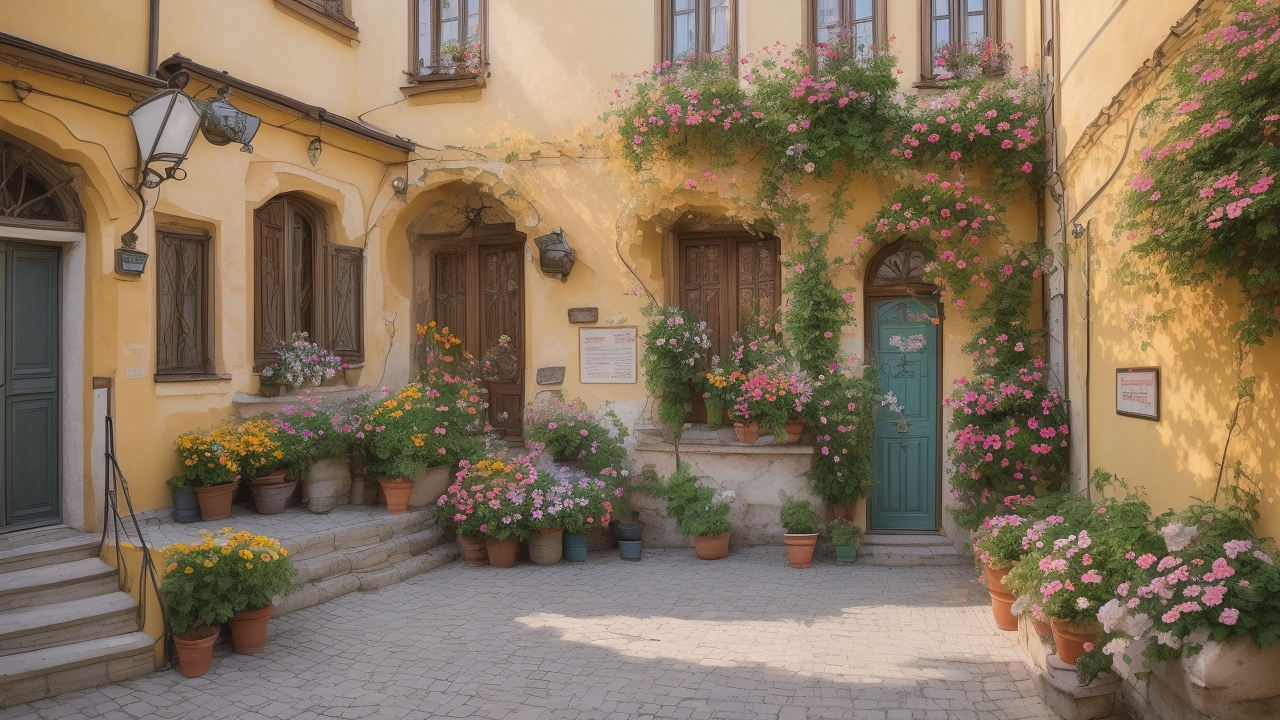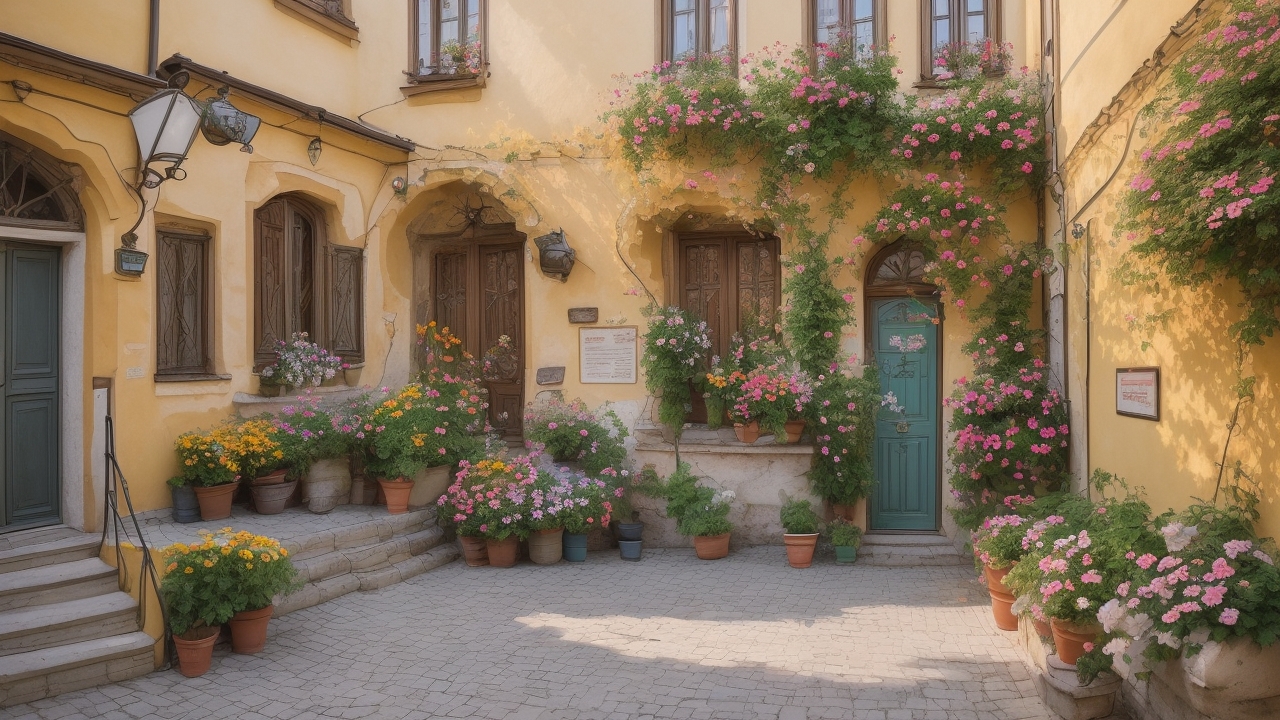Hello in hungarian language basics
“`html
Introduction to Hungarian Greetings
Hungarian, known as Magyar to native speakers, stands apart from most European languages. Learning basic greetings serves as an excellent entry point into this fascinating language. When visiting Budapest or connecting with Hungarian speakers, mastering these fundamental expressions shows respect for their culture.
Key Hungarian Greetings
The most basic greeting in Hungarian is “szia” (see-ah), which means hello in an informal context. For formal situations, “jó napot kívánok” (yo nah-pot kee-vah-nok) serves as the standard greeting. These expressions form the foundation of Hungarian communication.
Formal and Informal Greetings
Hungarian culture places significant emphasis on formality levels. When addressing older people or in professional settings, formal greetings are essential. “szia” works for friends, while “jó napot kívánok” suits business contacts or strangers.
Greetings for Different Times
Hungarian speakers often adjust their greetings based on the time of day:
- Morning: “jó reggelt” (yo reg-gelt)
- Afternoon: “jó délutánt” (yo day-lou-tahnt)
- Evening: “jó estét” (yo esh-tayt)
Useful Phrases and Expressions
Beyond basic greetings, learning phrases like “hogy vagy?” (hodj vadj) meaning “how are you?” enhances conversations. The response “köszönöm, jól” (keu-seu-neum yol) means “thank you, I’m well.”
Understanding Cultural Context
Hungarian greeting customs include slight head nods and maintaining eye contact. Physical contact, like handshakes, typically occurs in formal settings or between close friends. Understanding these nuances helps navigate social situations appropriately.
Tips for Practicing Greetings
Start with simple greetings and gradually expand your repertoire. Practice pronunciation with native speakers or language apps. Remember that Hungarians appreciate efforts to learn their language, even if pronunciation isn’t perfect.
People also ask about Hungarian greetings
How do you say goodbye in Hungarian?
The most common way is “viszontlátásra” (vee-sont-laa-taash-ra) for formal situations, while “szia” works for informal goodbyes. “viszlát” (vees-laat) serves as a casual shortened version.
What’s the proper way to greet elderly people in Hungarian?
Always use formal greetings with elderly individuals. “jó napot kívánok” shows proper respect. Adding “kezét csókolom” (ke-zayt choh-ko-lom) is particularly polite when greeting older women.
When should I use informal greetings in Hungarian?
Use informal greetings like “szia” with friends, family, children, or when specifically invited to do so. Young people generally use informal greetings among themselves.


